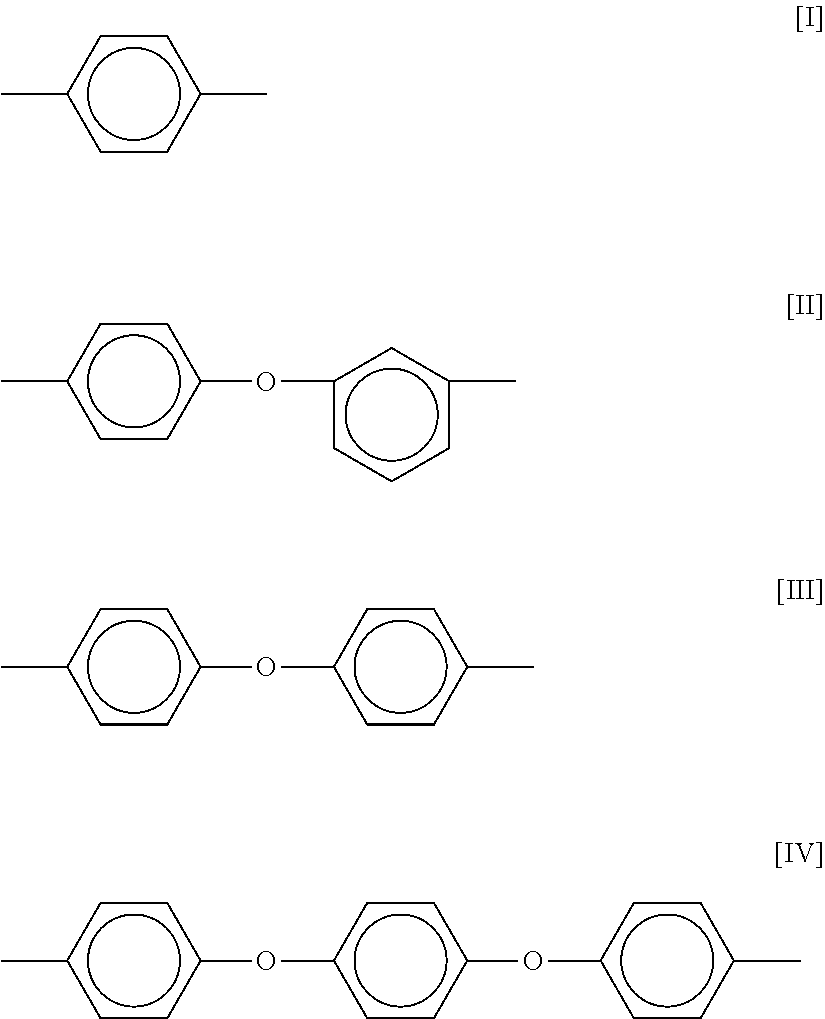Polyarylene sulfide resin composition
a polyarylene sulfide resin and composition technology, applied in the field of resin composition, can solve the problems of low conductivity and unsatisfactory mechanical strength, unsatisfactory resin composition, unsatisfactory in terms of slidability and impact strength, etc., and achieve excellent electromagnetic shielding effect, slidability or moist heat resistance
- Summary
- Abstract
- Description
- Claims
- Application Information
AI Technical Summary
Benefits of technology
Problems solved by technology
Method used
Image
Examples
examples 1 to 12
, Comparative Examples 1 to 3
[0074]Amounts shown in Table 1 of a polyarylene sulfide resin and carbon fibers were melt kneaded together by using a vented twin-screw extruder to obtain a pellet. The TEX-30XSST of The Nippon Steel Works, Ltd. (completely interlocking type, unidirectional rotation) was used as the vented twin-screw extruder. As for extrusion conditions, the delivery rate was 12 kg / h, the screw revolution was 150 rpm, the vacuum degree of the vent was 3 kPa, and the extrusion temperature from the first feed port to the die was 320° C. The carbon fibers were supplied from the second feed port by using the side feeder of the extruder, and the polyarylene sulfide resin was supplied into the extruder from the first feed port. The first feed port is a feed port farthest from the die, and the second feed port is situated between the die of the extruder and the first feed port. The obtained pellet was dried at 130° C. for 6 hours by means of a hot air circulation drier and for...
examples 13 to 24
, Comparative Examples 6 to 9
[0088]Amounts shown in Table 2 of a polyarylene sulfide resin and wholly aromatic polyamide fibers were melt kneaded together by using a vented twin-screw extruder to obtain a pellet. The TEX-30XSST of The Nippon Steel Works, Ltd. (completely interlocking type, unidirectional rotation) was used as the vented twin-screw extruder. As for extrusion conditions, the delivery rate was 12 kg / h, the screw revolution was 150 rpm, the vacuum degree of the vent was 3 kPa, and the extrusion temperature from the first feed port to the die was 320° C. The wholly aromatic polyamide fibers were supplied from the second feed port by using the side feeder of the above extruder, and the polyarylene sulfide resin was supplied into the extruder from the first feed port. The first feed port is a feed port farthest from the die, and the second feed port is situated between the die of the extruder and the first feed port. The obtained pellet was dried at 130° C. for 6 hours by ...
examples 25 to 27
, Comparative Examples 10 to 14
[0094]Amounts shown in Table 3 of a polyarylene sulfide resin and glass fibers were melt kneaded together by using a vented twin-screw extruder to obtain a pellet. The TEX-30XSST of The Nippon Steel Works, Ltd. (completely interlocking type, unidirectional rotation) was used as the vented twin-screw extruder. As for extrusion conditions, the delivery rate was 15 kg / h, the screw revolution was 250 rpm, the vacuum degree of the vent was 3 kPa, and the extrusion temperature from the first feed port to the die was 320° C. The glass fibers were supplied from the second feed port by using the side feeder of the extruder, and the polyarylene sulfide resin was supplied into the extruder from the first feed port. The first feed port is a feed port farthest from the die, and the second feed port is situated between the die of the extruder and the first feed port. The obtained pellet was dried at 130° C. for 6 hours by means of a hot air circulation drier and for...
PUM
| Property | Measurement | Unit |
|---|---|---|
| length | aaaaa | aaaaa |
| diameter | aaaaa | aaaaa |
| electromagnetic shielding effect | aaaaa | aaaaa |
Abstract
Description
Claims
Application Information
 Login to View More
Login to View More - R&D
- Intellectual Property
- Life Sciences
- Materials
- Tech Scout
- Unparalleled Data Quality
- Higher Quality Content
- 60% Fewer Hallucinations
Browse by: Latest US Patents, China's latest patents, Technical Efficacy Thesaurus, Application Domain, Technology Topic, Popular Technical Reports.
© 2025 PatSnap. All rights reserved.Legal|Privacy policy|Modern Slavery Act Transparency Statement|Sitemap|About US| Contact US: help@patsnap.com

